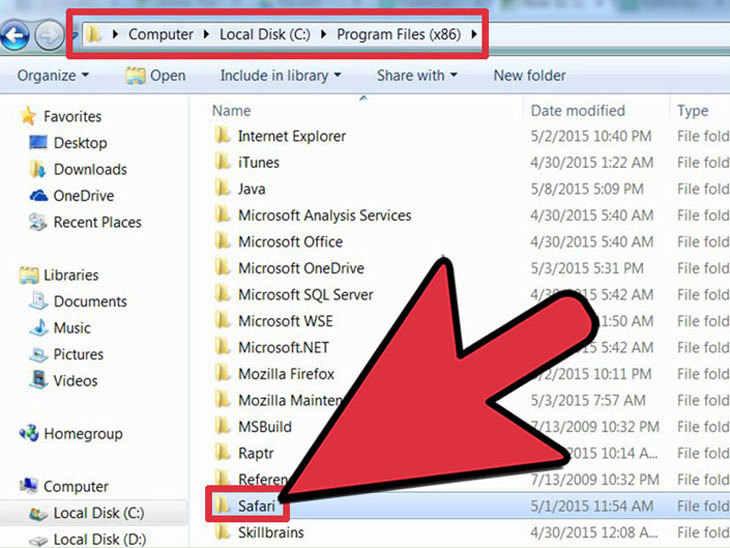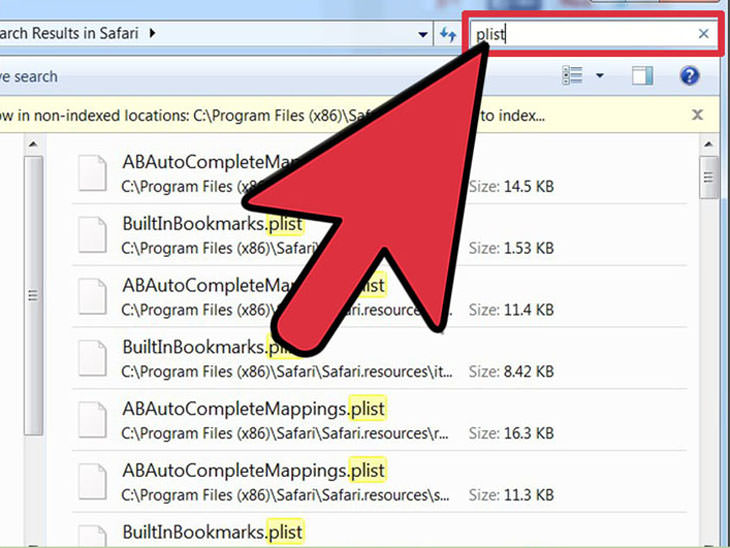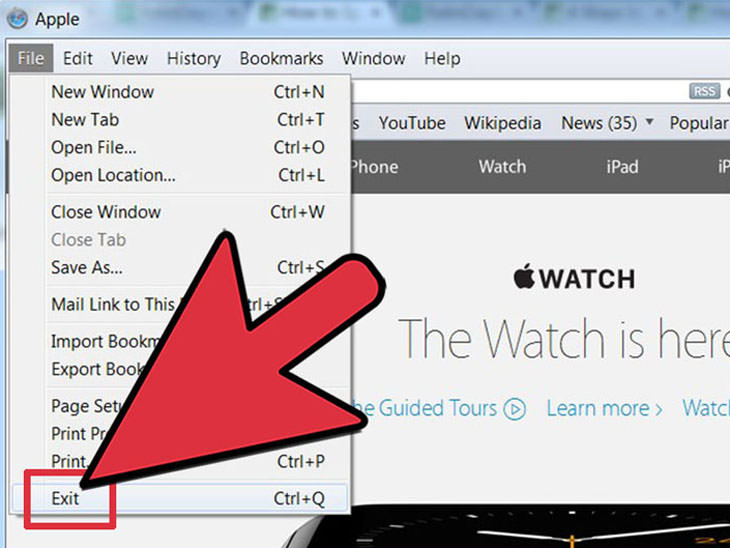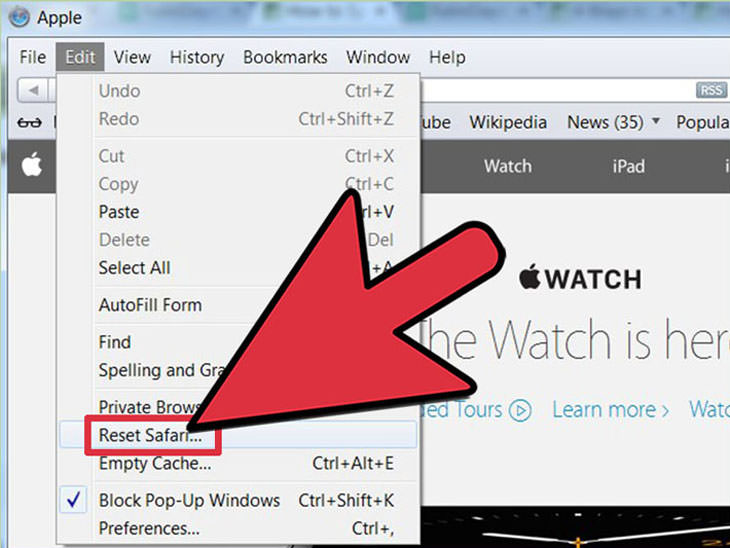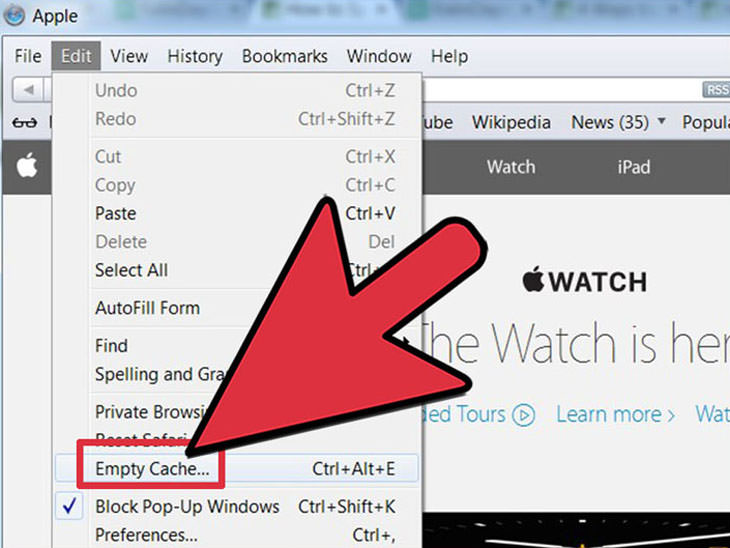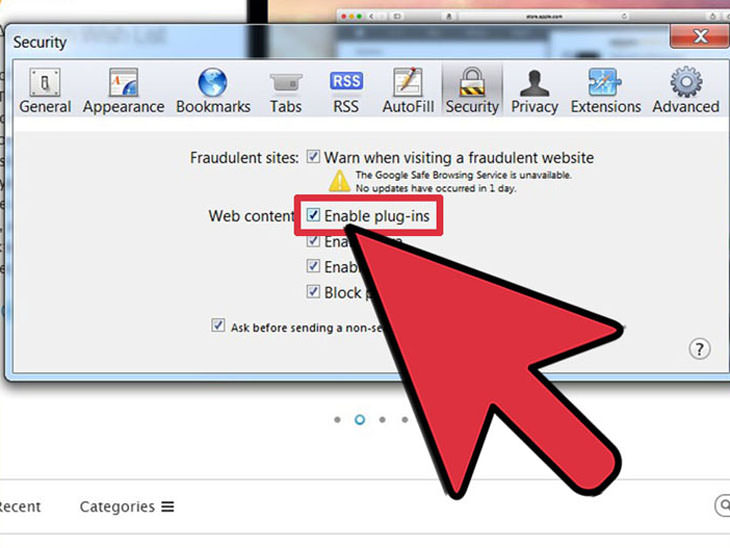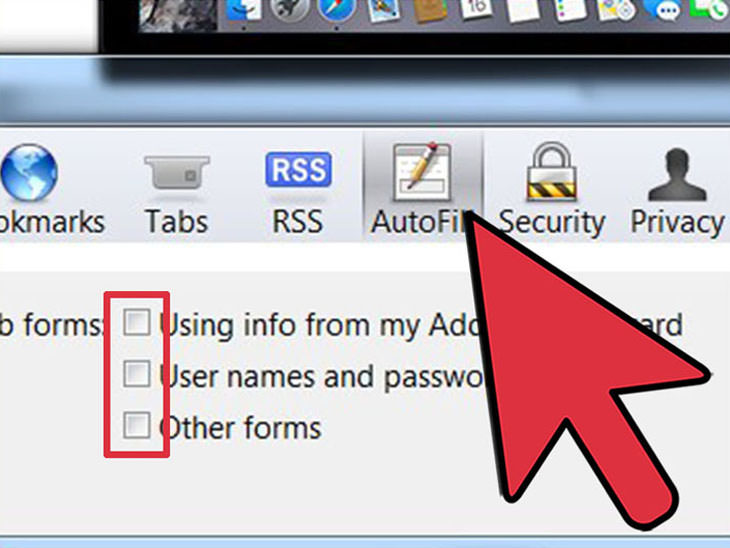There’s nothing more annoying when your perfectly fine computer or device’s web browser is running too slowly for you to use the internet as you would like. Fortunately, for the Google Chrome and Safari web browsers, there are a number of tricks you can use to boost your browsing speed. Have a look at these comprehensive steps that will have your browser fixed and running smoothly in no time.
Google Chrome
Google Chrome is used by more than half the world’s internet users, most of whom are bogged down by multiple open tabs, unreliable extensions and speed-draining plugins, but some of whom have figured out the best tips to maximize Chrome’s performance. Here are the top 7:
1. Remove unused plug-ins
We often download plug-ins that we forget about. Removing them will speed up your browser. Go to the Chrome address bar and type chrome://plugins, then press enter. Click the disable box below any plug-ins you do not need.
2. Make your plugins ‘click to load’
Often media will use your plug-ins without asking you, such as Flash. You can stop this procedure so that in future, video or audio will only play if you click on it. Go to the settings menu, then at the bottom of the screen ‘show advanced settings', then ‘privacy’. Here, click on ‘content settings’, and scroll down to ‘plug-ins’. Where it says ‘let me choose when to run plug-in content’, click on the button.
3. Disable or remove unneeded extensions
Although an extension can improve your browsing experience, it's usually at the expense of some speed, so choose the extensions you want to get rid of to gain the speed you need. Either click on the ‘hamburger’ icon in the top-right-hand corner of Chrome, hover over ‘more tools’, then ‘extensions’, or type chrome://extensions into your address bar. After that, select either the trash can to delete, or un-check ‘enabled’ to disable. If an extension is disabled, you can enable it again anytime. If it is deleted, you will have to reinstall it again should you require.
4. Suspend your tabs
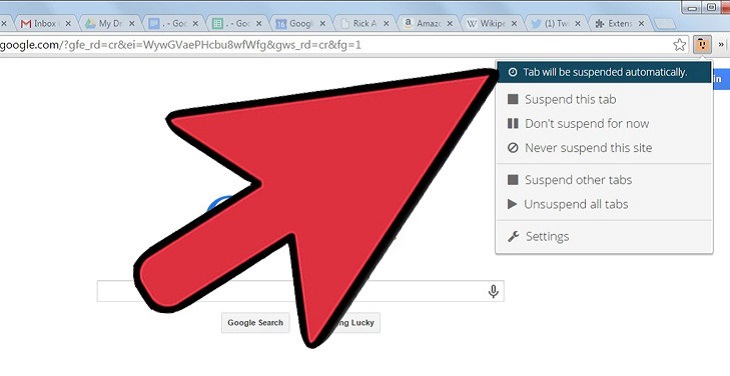
When you open multiple tabs you are putting incredible pressure on your computer, which can be alleviated by a simple method. Download this handy extension, called the ‘Great Suspender’, which lets you suspend individual tabs, meaning they will take up no memory. You can call them back at any time.
5. Save your browser sessions
Alternatively, extensions like TabCloud+ or Session Buddy allow you to save all your open tabs. Even if you close them all at the same time, you can re-open them later on.
6. Switch off background pre-fetching
For particularly slow computers you can try turning off the background predicting service, which predicts what pages you will visit and pre-loads parts of those pages in the background. Go to the settings menu again. Click at the bottom of the page where it says ‘show advanced settings’, then ‘privacy’. At this point, un-check the box which reads ‘use predictions service to load pages more quickly’.
7. Make use of the data saver
If your internet connection seems to be slow, you can install the Google Data Saver service extension. This puts non-encrypted internet traffic through Google’s servers compression system, limiting the data your browser downloads and speeding up page loading. To utilize this service, simply download.
Safari
 Safari is the default browser for Apple products, but unlike Window’s default browsers, Internet Explorer and Edge, Safari is very widely used by Apple device and Mac owners. Even though it is so popular, it is a browser, like any other, that will slow down over a period of time. Here are two differing methods to help you get the best speed from Safari - by speeding up its launch time, and by fixing page load slowness:
Safari is the default browser for Apple products, but unlike Window’s default browsers, Internet Explorer and Edge, Safari is very widely used by Apple device and Mac owners. Even though it is so popular, it is a browser, like any other, that will slow down over a period of time. Here are two differing methods to help you get the best speed from Safari - by speeding up its launch time, and by fixing page load slowness:
To speed up Launch Time
1. Limit the startup steps
On your user directory find the Safari Library folder, where the browser stores bookmarks, downloads, history, favicons and miscellaneous data. Each time you launch Safari, it checks this folder, inevitably lengthening the launch time if it is too bloated.
2. Erase the property list file
If you search for and delete the property list file entirely, (.plist) your speed time will be increased, although some of your browsing preferences will be lost.
3. Delete third-party add-ons
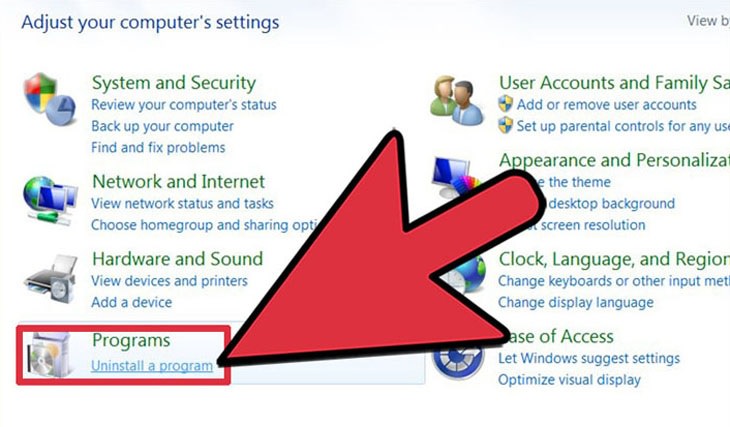
As with chrome, deleting any third-party add-ons will make a world of difference to your browsing speed. If you are using MAC OS, simply drag the applications to the trash can. If you have Safari on windows, you can uninstall them with the Add/Remove Programs manager. Follow uninstall wizards and restart the computer/device to remove every trace.
To fix page load sluggishness and stalling
4. Close the browser, wait, then restart
Although this will not combat serious issues, it will for a time improve basic browser performance. Shut down the browser, if necessary force quit, wait approximately five minutes and then re-launch Safari.
5. Reset the browser
First open the browser and click on the ‘Safari’ tab located at the top. Then select ‘Reset Safari’. Now you have deleted all your web browsing data, freeing up memory.
6. Empty the cache
Similar to the previous step, but less all-encompassing, you can empty the cache to improve performance. Under the Safari tab menu, simply select ‘empty cache’.
7. Find out your resource usage
Download a program, like the one pictured here, that will check and remember Safari’s memory usage. Usually the reason why an internet page loads too slowly is built-up memory. These programs can check out your load time at a particular website and work-out the problem for you.
8. Check plug-ins for problems
Go to the Safari menu and click on ‘preferences’. Select ‘security’ and then deselect ‘enable plug-ins’. Restart the browser and see whether its speed is better.
9. Turn off Auto-fill options
In the Safari menu, select preferences. Click then on the ‘AutoFill’ tab and try the different options listed. Turn off the ones that could be causing you issues and restart your browser to test. If the problem persists try again, selecting more options to be turned off.


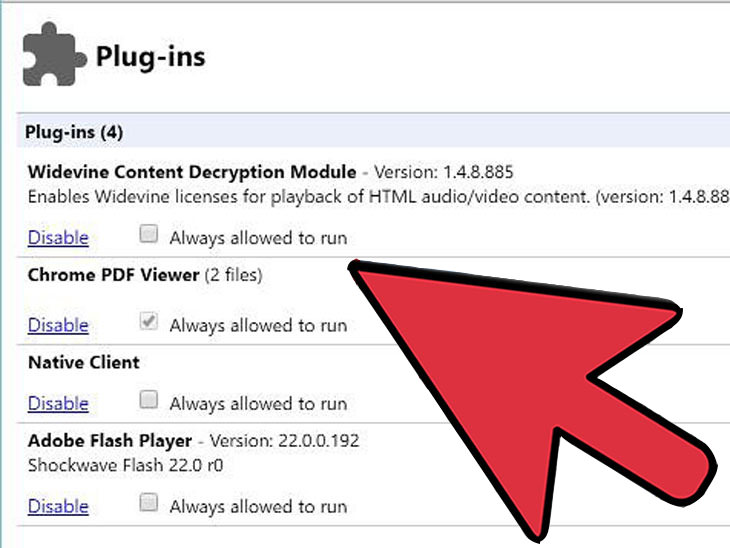
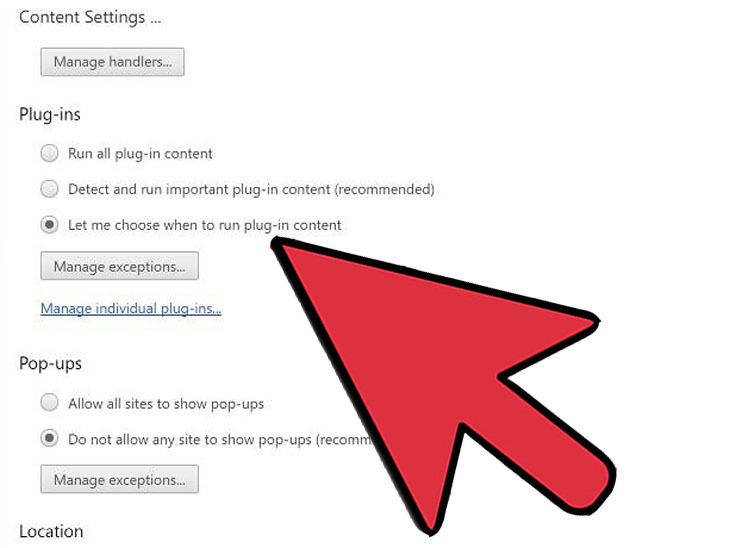
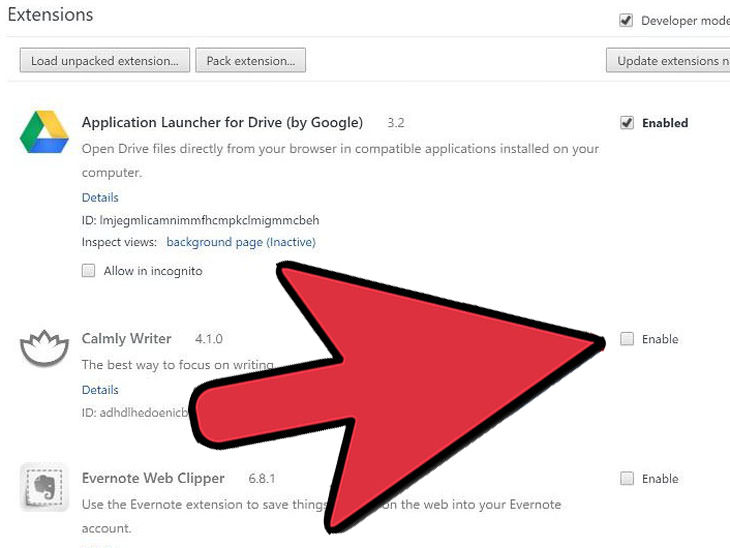

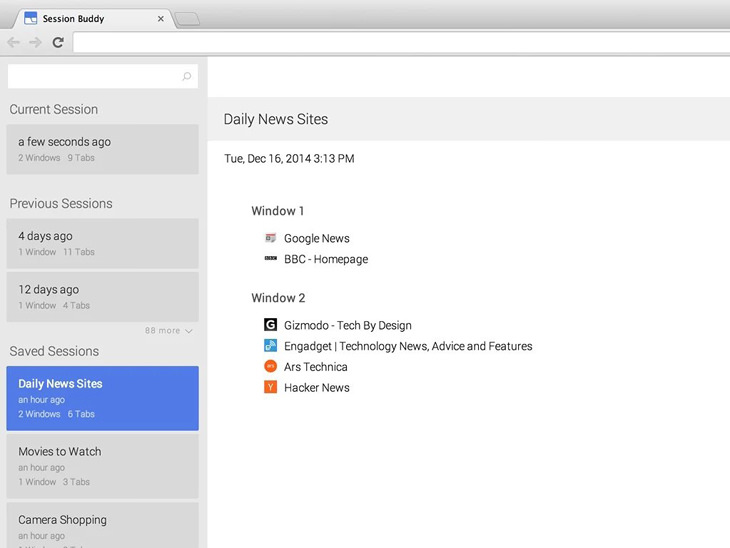
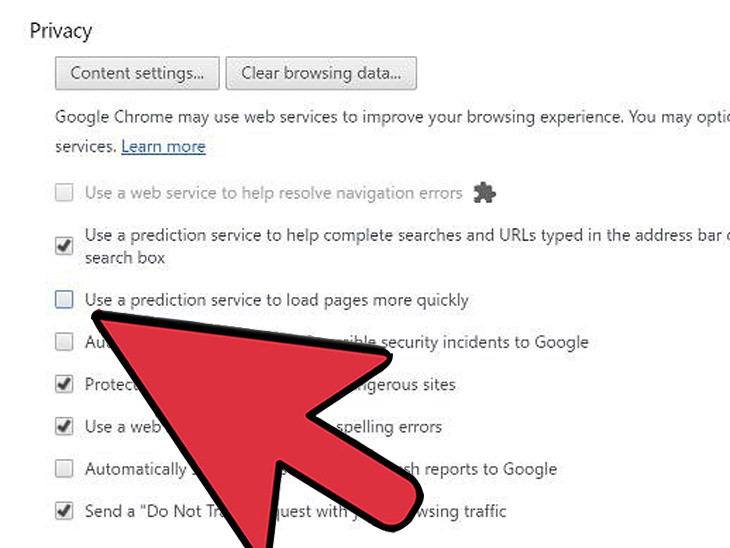
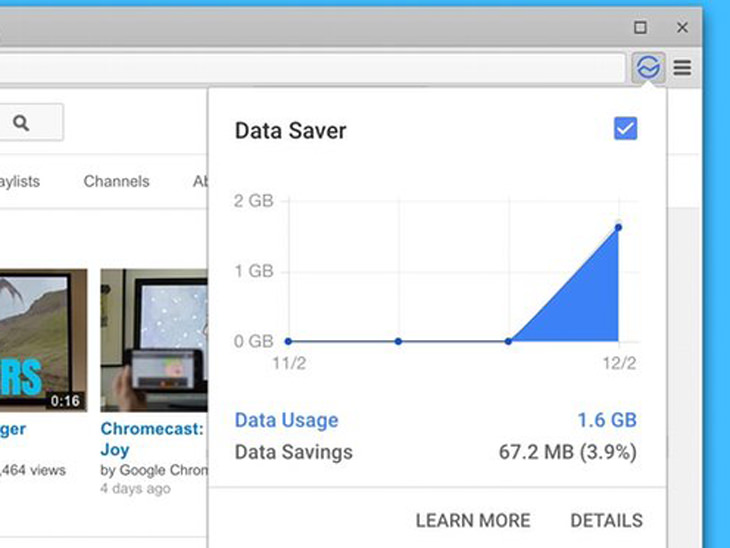
 Safari is the default browser for Apple products, but unlike Window’s default browsers, Internet Explorer and Edge, Safari is very widely used by Apple device and Mac owners. Even though it is so popular, it is a browser, like any other, that will slow down over a period of time. Here are two differing methods to help you get the best speed from Safari - by speeding up its launch time, and by fixing page load slowness:
Safari is the default browser for Apple products, but unlike Window’s default browsers, Internet Explorer and Edge, Safari is very widely used by Apple device and Mac owners. Even though it is so popular, it is a browser, like any other, that will slow down over a period of time. Here are two differing methods to help you get the best speed from Safari - by speeding up its launch time, and by fixing page load slowness: